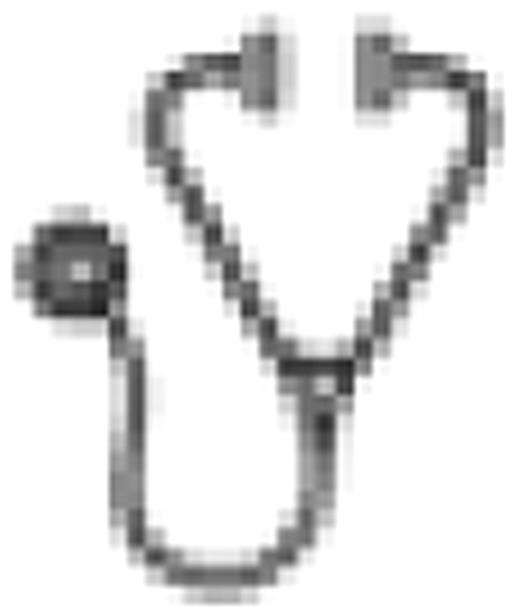Abstract
Organ siderosis (OS) occurs frequently after allogeneic stem cell transplantations and is associated with worse survival. Although commonly attributed to transfusions of erythrocyte sediments, we present the occurrence of OS in mice suffering from Graft-versus-Host-disease (GvHD) independent of transfusions.
Prior to transplantation (day 0), C57BL/10-wildtype (wt) mice received treosulfan 2000mg/kg on day -3 to -1 and cyclophosphamide 200 mg/kg on day-1. Mice were transplanted with 5×106 bone marrow cells and 3×106 splenocytes of Balb/c (allogeneic) or C57BL/10 (syngeneic) origin. Mice were sacrificed on day+9. Liver iron content was determined by atomabsorption spectroscopy in graphit tubes. In addition, a semi-quantitative analysis of liver, kidney and spleen sections was performed in kinetic studies. Macroscopic and histological GvHD-Scores were assessed according to standard scores.
Treatment of mice without additional transplantation or transplantation of syngeneic cells did not increase the iron content of the liver compared to untreated mice (naïve: 6.7 +/− 1.3 μmol/g; chemotherapy only: 7.2 +/− 1.9; syngeneic: 7.2 +/− 2.1). In contrast, allogeneic transplantated mice suffering from GvHD developed a siderosis of the liver of 13.6 +/− 3.1 (p=0.01, Kruskal-Wallis test). Furthermore, the iron deposition was correlated with the macroscopic and histologic GvHD score.
These results show the occurrence of OS in wildtype animals after allogeneic stem cell transplantation. Since the detection of iron deposition occurs early after transplantation, OS is unlikely due to increased intestinal iron absorption, but appears to be a consequence of blocked iron export out of hepatic epithelial cells and macrophages and potentially by redistribution of iron as a consequence of liver cell destruction. Further studies are needed to elucidate the role of regulatory proteins such as hepcidin and ferroportin for OS in the context of GvHD following stem cell transplantation. In view of GvHD-associated OS in transplanted patients occuring frequently independent of transfusions, the effect appears clinically relevant with treatment options remaining to be defined.
No relevant conflicts of interest to declare.

This icon denotes an abstract that is clinically relevant.
Author notes
Asterisk with author names denotes non-ASH members.

This feature is available to Subscribers Only
Sign In or Create an Account Close Modal